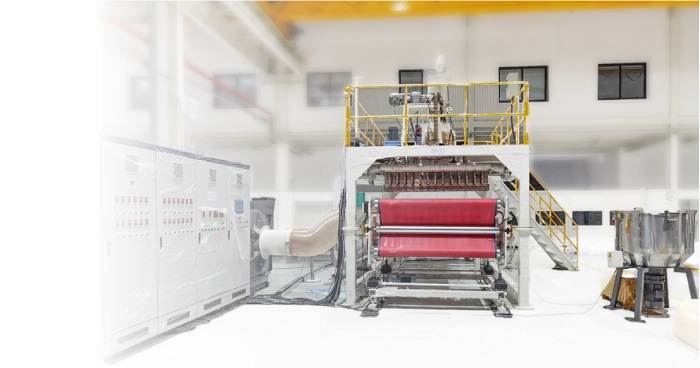Since 2020, covid-19 has continued to ravage the world, and there is no sign of stopping. Instead, in early 2021, it made a comeback through the cold weather. In the face of vaccines and drugs, the virus is also responding to changes. It is mutating at an extremely fast speed, making scientists Too late to respond. The most diverse types of mutant viruses have been found in the UK, and the virus has developed "environmental transmission".
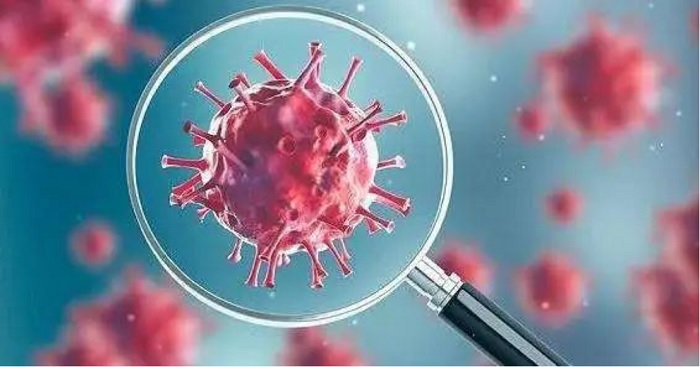
Increased lethality of mutant viruses?
Recently, the British Prime Minister Johnson made a report on the current epidemic in an interview with the media: After investigations by relevant British scientists, it was found that the mutant virus not only has a higher transmission rate than ordinary viruses, but also has a fatality rate compared to ordinary new coronaviruses. 30% higher. At present, the mutant virus discovered in the UK has spread to more than 70 countries.
During the epidemic, countries urge people to wear masks. What is the role of masks in epidemic prevention?
The main way of transmission of covid-19 is droplet transmission. The virus is released into the air through droplets produced by coughing, sneezing, talking, etc., and can attach to the surface of objects after it settles. The water in the droplet evaporates and becomes the droplet nucleus, which can spread the virus to far away. Wearing a mask when going out or in crowded areas can effectively cut off the spread of the virus by establishing physical barriers.(try Suntech mask machine)
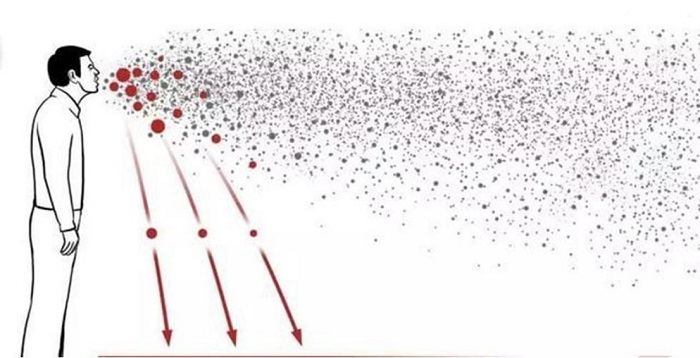
Classification of masks and corresponding implementation standards
In this outbreak, the "N95 mask" has attracted much attention and discussion from the public, and there have been rumors that "only N95 masks can block the new crown virus". In fact, there is no significant difference between ordinary medical surgical masks and N95 masks in terms of clinical significance in preventing infectious acute respiratory infections. Therefore, this is one of the reasons why academician Zhong Nanshan said that ordinary medical masks are enough, and there is no need to wear N95 masks.
What kind of mask is suitable for people to wear?
Masks on the market are basically divided into these categories: ordinary masks (cotton masks/daily protective masks, dust masks), disposable medical masks, medical surgical masks, particulate protective masks, medical protective masks, etc. Now we will classify and discuss the characteristics and applicable scenarios of these masks.
1. Ordinary masks
In the early stage of epidemic prevention and control, a few people could not buy medical masks, so they wore ordinary cotton masks or dust masks (especially the elderly). Such masks are mainly used for dust prevention because the material itself is not dense enough, or the barrier force of the breathing valve is standard. It does not meet the medical requirements and basically does not have the ability to block the virus.
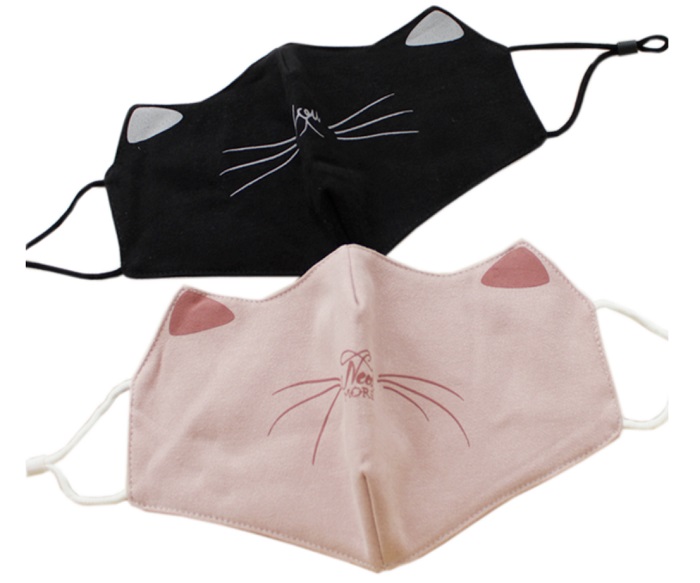
2. Disposable medical masks
Executive standard: YY/T 0969-2013
The bacterial filtration efficiency standard of this type of mask requires no less than 95%, and most of the commercially available products are sterilized masks (the packaging bag is marked with "sterile logo"). There is no breathing valve, and there is no need to check the air tightness when wearing it. It is suitable for the general public to wear in the indoor working environment where people are relatively crowded, ordinary outdoor activities, and temporarily staying in crowded places. It is cheap, but its filtering effect is limited, so it is not recommended to use it twice.
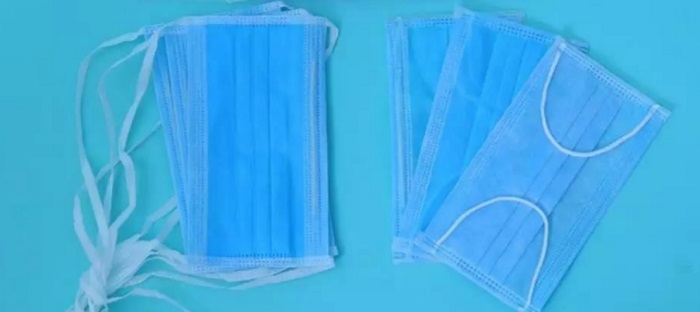
3. Medical surgical masks
Executive standard: YY 0469-2011
The minimum standard for bacterial filtration efficiency of such masks is 95%, and some masks require that the bacterial filtration efficiency be no less than 98%. The filtration efficiency of non-oily particles is not less than 30%, there is no breathing valve, and there is no need to check the air tightness when wearing it. It is suitable for use when the public goes to medical institutions for medical treatment, long-term outdoor activities or when they are in crowded areas for a long time. It is also suitable for medical staff to perform low-risk operations. It is relatively cheap and can be used twice if it is picked up correctly and kept properly.
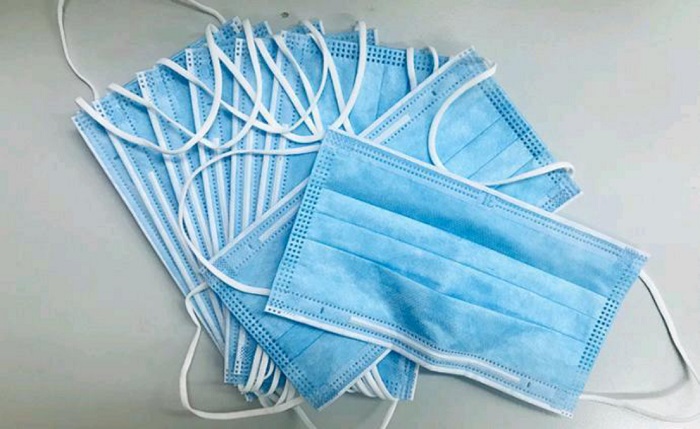
Popular science: medical surgical masks and disposable masks are different
The two masks seem to be the same. Both the inner and outer layers are non-woven fabrics, and the middle layer is melt blown cloth, but the degree of electret treatment of the melt blown cloth is different, and the electrostatic adsorption capacity is different. Medical surgical masks can be used for 8 hours, and the effective use time of disposable masks is relatively short, about 2-4 hours.
The meltblown filter layer of medical masks is obviously more dense, and the material is very similar to paper but not paper, a bit like DuPont paper. Although light and thin but relatively dense, the filter layer is fragile. Stretching and repeatedly rubbing it by hand will damage the filter layer. Therefore, to ensure the filtering effect of the mask cannot be cleaned, spray the inner and outer layers with alcohol and use the sun.
4. Particulate protective mask
Executive standard: GB 2626-2006
KN95 is a specification of particulate protective masks, in addition to KN90, KN100 and other specifications, the particle filtration efficiency of KN95 is not less than 99%. The particulate protective mask has no specific requirements on the bacterial filtration rate, and has good air tightness and high anti-dropping efficiency.
Some protective masks have breathing valves, which are tight-fitting masks. They need to be checked for air tightness when worn. They are usually used for industrial use. They can be used temporarily when staying in crowded areas for a short time to replace medical protective masks and masks with breathing valves. It is suitable for use by non-virus carriers, and virus carriers who use particulate protective masks with breathing valves are still at risk of infection. It can be reused within 5 times under correct extraction and proper storage.
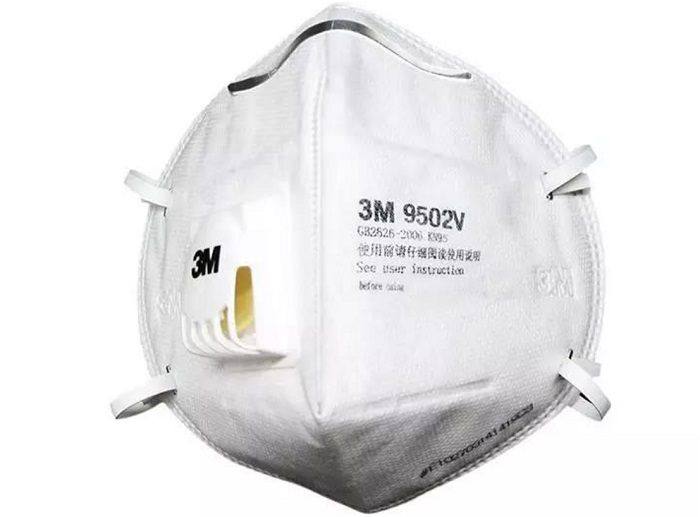
5. Medical protective masks
Executive standard: GB 19083-2010
Medical protective masks are divided into three levels according to the particle filtration efficiency, the I level particle filtration efficiency is not less than 95%, and the III level is not less than 99.97%. The surface of the mask has specific requirements for moisture resistance. There is no breathing valve, it is a close-fitting mask. It needs to be checked for air tightness when wearing it. It can be reused within 5 times if it is correctly removed and properly stored.
It is suitable for use in high-risk environments, such as: fever clinics in epidemic areas, medical staff in isolation wards, intubation and incision high-risk medical workers, service personnel in isolation areas, and on-site investigators of confirmed or suspected cases. If there are procurement channels, it is recommended that the public leave it to frontline medical staff.
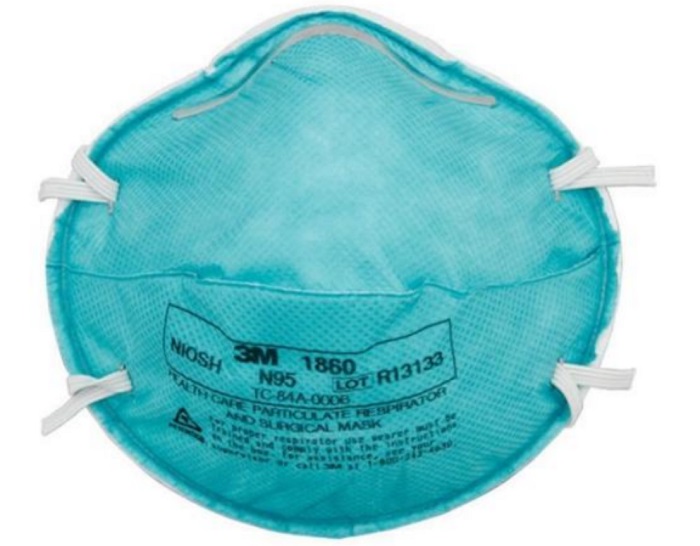
It can be seen that there are only two types of masks that can isolate viruses: medical surgical masks and medical protective masks. Since medical surgical masks have better air permeability, it is enough for people to wear medical surgical masks, and medical protective masks should be reserved for medical staff.
The reason why these two kinds of masks can isolate viruses is because they contain a melt-blown layer. The main material is melt-blown non-woven fabric. After electret treatment, they can adsorb germs through static electricity.
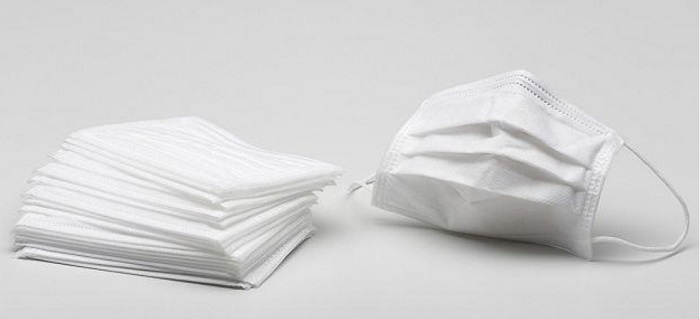
What is the current global production capacity of meltblown non-woven fabrics?
In 2017, the global production capacity of spunbond/spunmelt polypropylene nonwovens was slightly less than 4.4 million tons, and the production capacity increased to 4.8 million tons in 2020, which is equivalent to an annual growth rate of 1.8%. The growth in each region is as follows:
(1) South Asia, Africa and Asia Pacific:
The production capacity growth is significantly higher than the global average, and the future will maintain strong growth momentum, with an annual growth rate ranging from 3% to 8%.
(2) Europe and North America
The production capacity has increased steadily and slightly. While the demand is large, the reserves are sufficient. The market has stabilized and the average production capacity growth rate is about 1.5%.
(3) South America
The market is oversupply. Due to lower-than-expected demand, some production lines have been idle and old production lines are closed. It is expected that demand will improve in the later period.
(4) Middle East
After a period of high-speed and substantial expansion, the market has oversupply and it will take some time to absorb capacity.
(5) North Africa
The increase in new capacity and lower-than-expected demand growth in North Africa.
(6) China
The growth of production capacity is relatively moderate, but the huge consumer volume in the Chinese market determines that the development of the Chinese market is sustainable. Over time, the downward penetration rate and capacity base of spunmelt products in the Chinese market will increase significantly.
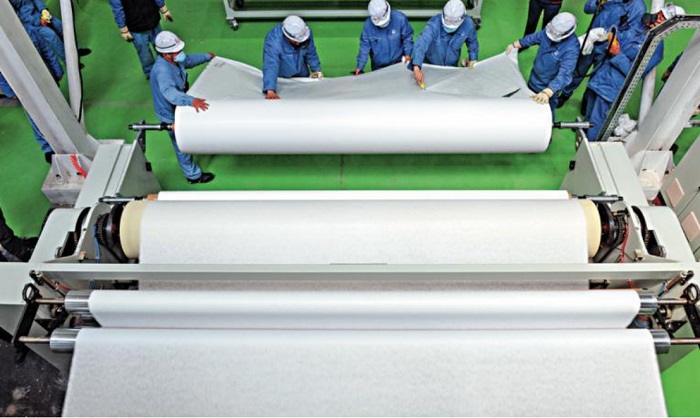
Spunmelt non-woven fabric application field
The largest market for spunmelt nonwovens is disposable hygiene products (baby and adult diapers and feminine care), which account for two-thirds of the world's total fine denier and coarse denier polypropylene nonwovens. Other important markets for non-woven fabrics made from spunmelt polypropylene technology include: medical and industrial protective clothing, geotextiles, wall and floor covering materials, furniture construction fabrics, carpet backing, automotive, filtration, etc.(try Suntech Melt blown machine)
The demand for spunbond and spunmelt nonwovens for hygiene products will drive growth. The main driving factors for the demand for disposable sanitary nonwovens are the high birth rate, the increase of aging, the low market penetration rate and the increasing trend of per capita income. These factors play a key role in the projected growth in demand for disposable nonwovens in India, Africa and China. Especially during the epidemic, the production demand for masks blows out, and the supply of spunmelt non-woven fabrics is also in short supply.
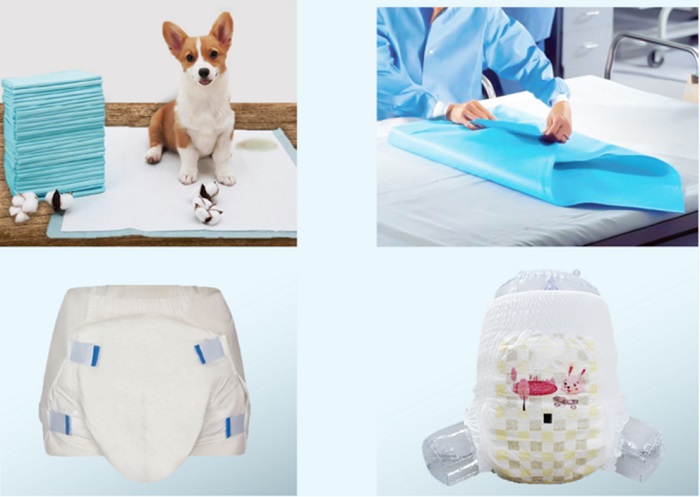
Market penetration rate analysis
(1) India and Africa
The market penetration rate of disposable nonwoven products in terms of hygiene is still low, but it is improving rapidly.
(2) Asia Pacific
China’s urban market penetration is now high, but demand growth in rural areas is still low. The growth in health demand in the Asia-Pacific region remains attractive because the market penetration of disposable hygiene products in some developing countries is still low.
(3) North America, Europe, etc.
With oversupply, production capacity tends to concentrate on specific manufacturers.
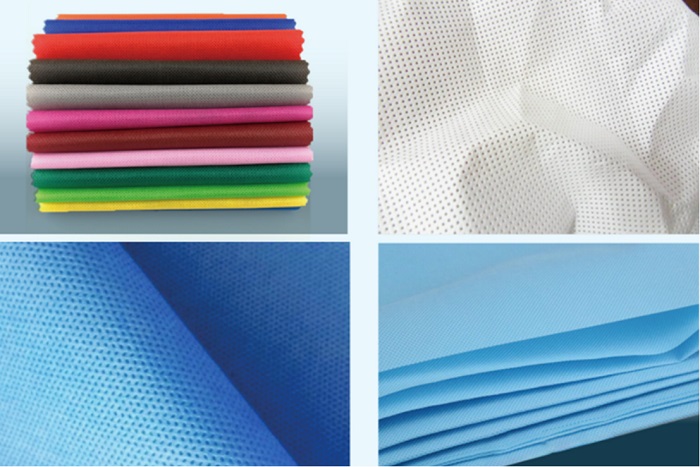
During the epidemic, the increase in demand for masks further stimulated the growth in demand for spunmelt nonwovens and meltblown fabrics, and equipment for the production of spunmelt nonwovens and meltblown fabrics was also difficult to find. With 50 years of technical precipitation and design experience, Suntech specializes in manufacturing spunmelt nonwoven machines, meltblown machines, spunbond nonwoven machines and other equipment, and provides spunmelt nonwoven fabrics, meltblown fabrics and other mask materials. The spunmelt non-woven fabric produced by the equipment can meet the market demand of low weight and softness. Suntech promotes the change of production capacity with high technology. Welcome to inquire in detail.
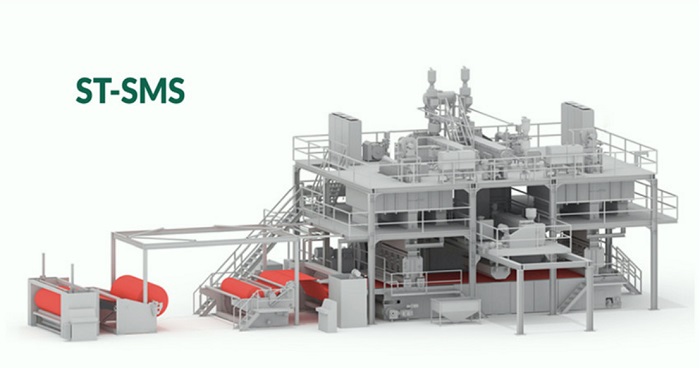
(Suntech ST-SMS composite nonwoven production line)
